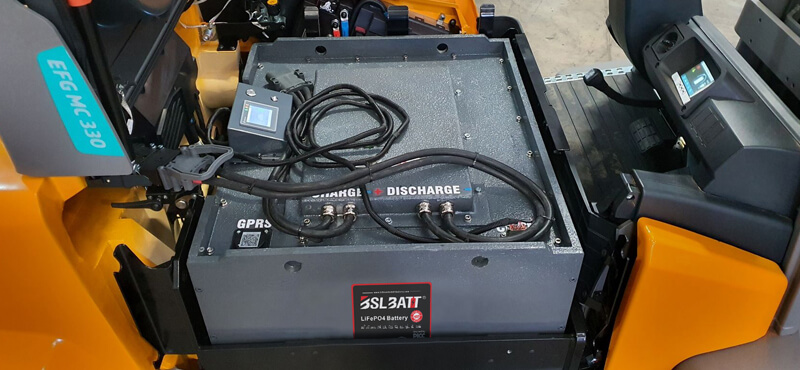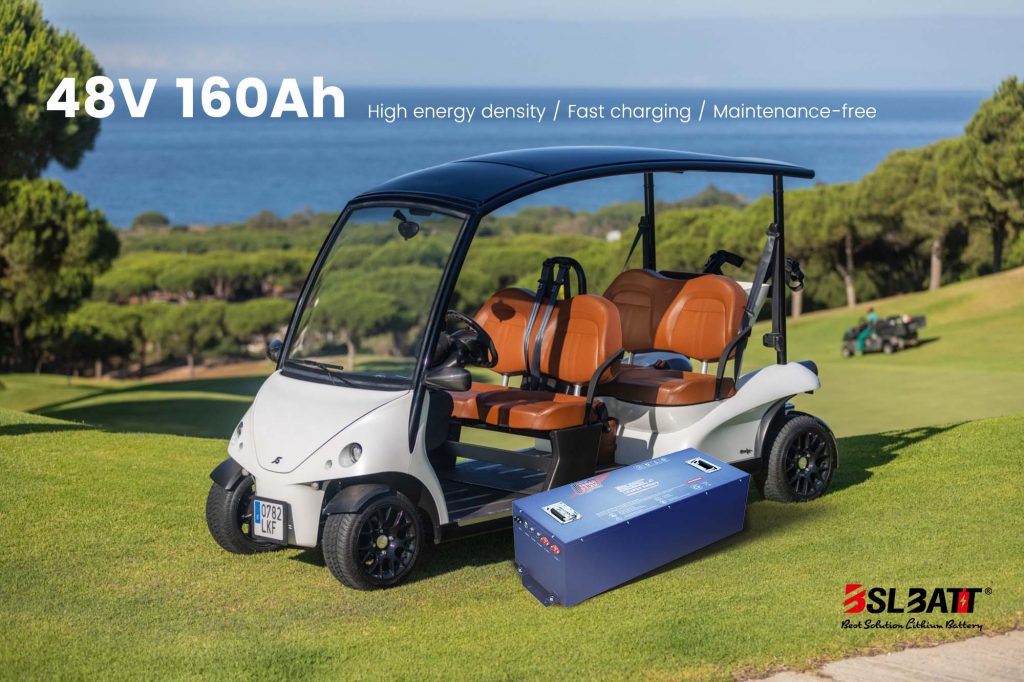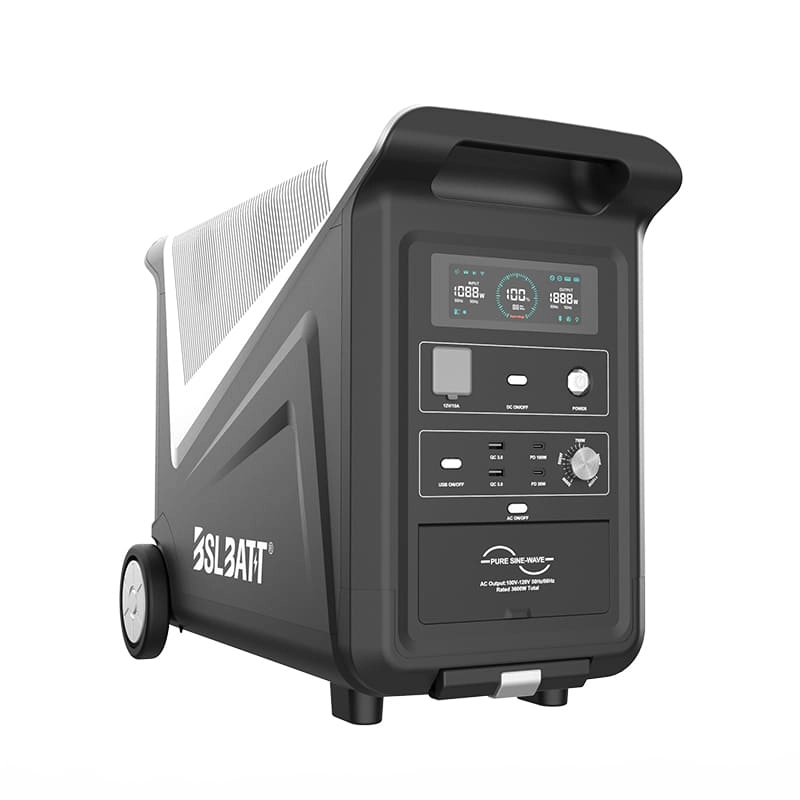
- China
- English
- Françai
- Español
- Deutsch
- Română
- العربية
- 한국어
- 日本語
- Italiano
- Português
- Gaeilge
- Dansk
- Čeština
- Русский
- Afrikaans
- Euskara
- Català
- Esperanto
- हिन्दी
- Ελληνικά
- Bahasa Melayu
- Polski
- Српски
- Kiswahili
- ภาษาไทย
- Tiếng Việt
- Türkçe
- Svenska
- Cymraeg
- Slovenčina
- Latviešu
- Malti
- Magyar
- Galego
- ગુજરાતી
- Eesti Keel
- বাংলা
- Shqip
- беларуская мова
- Nederlands
- Tagalog
- ქართული
- Íslenska
- Kreyòl Ayisyen
- Lietuvių
- Norsk
- slovenščina
- தமிழ்
- Українська
- ײִדיש
- اردو
- తెలుగు
- فارسی
- македонски
- ಕನ್ನಡ
- Bahasa Indonesia
- עברית
- Suomi
- Hrvatski
- Български
- Azerbaijani

Industry Application
Product Type
LiFePO4 Cell Voltage Chart: Comprehensive Guide(3.2V 12V 24V 36V 48V 72V)
| Lithium iron phosphate (LiFePO4) battery (LFP for short) uses lithium iron phosphate as the positive electrode material, graphite carbon electrode and metal as the negative electrode. Due to its low cost, high energy density, long cycle life, safety and stability, it is widely used in electric vehicles, golf carts, forklifts, RVs, floor machines, scissor lifts, aerial work platforms, marine, airport handling, home storage and industrial and commercial energy storage.
Use a LiFePO4 voltmeter to monitor the performance, health, and charge and discharge conditions of your LiFePO4 battery. This will ensure optimal use and significantly extend the battery’s lifespan.
Basics of LiFePO4 Battery VoltageTo better understand LiFepo4 battery voltage, here are some basic definitions. Nominal Voltage – 3.25V is the nominal voltage of the battery. The standard voltage is used to monitor the charging and discharging of the battery. Storage Voltage – 3.2V-3.4V If the battery is not used for a long time, it must be stored at this ideal voltage. The storage voltage reduces the loss of battery capacity, thus ensuring that the battery works properly. Fully Charged Voltage – Charged to 3.65V, which is the maximum voltage. If the battery is charged above this level, it may cause irreparable damage. Discharge Voltage – 2.5V is the minimum discharge voltage. It is not recommended for users to discharge below this voltage. If the battery is discharged beyond its limit, it may be damaged. Deep Discharge – In this case, the voltage is below the recommended level. After deep discharge, the LiFePO4 battery may fail completely.
LiFePO4 voltmeter: 12V 24V 36V 48V 72V
3.2V LiFePO4 battery voltage meter• Nominal voltage: 3.2V
3.2V LiFePO4 Battery Voltage ChartThe voltage of a single LiFePO4 cell is usually 3.2 volts. When fully charged, the voltage is 3.65 volts. When fully discharged, the voltage is 2.5 volts.
12V LiFePO4 battery voltage meter• Nominal voltage:12.8V 12v is the ideal voltage for electric bicycles, trolling motors, marine batteries and aerial work platform equipment and home solar
The 12V LiFePO4 battery is an excellent replacement for the 12V lead-acid battery and has successfully replaced lead-acid batteries in various applications. When fully charged, the battery voltage is 14.6V, and it drops to 10V when fully discharged. 12V LiFePO4 Battery Voltage ChartThe graph below illustrates the voltage drop in real time as the battery capacity decreases.
24V LiFePO4 battery voltage meter• Nominal voltage:25.6V 24V LiFePO4 batteries are perfect for use with boat trolling motors, and scissor lifts, boom lifts. Sweepers, floor machines, and RVs energy.
24V LiFePO4 Battery Voltage Chart
36V LiFePO4 battery voltage meter• Nominal voltage:38.4V Golf carts, community electric cars, UTV, ATV are very suitable for 36 Volt LiFePO4 batteries
36V LiFePO4 Battery Voltage Chart
48V LiFePO4 battery voltage meter• Nominal voltage:51.2V 48V is the best choice for home solar 5kWh powerwall ,10kWh powerwall, electric golf carts, aerial work platform equipment
48V LiFePO4 Battery Voltage Chart
72V LiFePO4 battery voltage meter• Nominal voltage:76.8V Designed for 72V golf carts, electric cars, 6+ seater tour cars, and outboard motors.
72V LiFePO4 Battery Voltage Chart
What is the relationship between the state of charge (SOC) and voltage of a LiFePO4 battery?The state of charge (SOC) of a battery indicates its charge level relative to its capacity. In terms of SOC, 0% is depleted or discharged, and 100% is fully charged. DOD is another measurement related to SOC, calculated as 100 – SOC (100% is fully charged, 0% is depleted). While SOC generally indicates the current state of a battery when in use, DOD generally indicates the useful life of a battery after repeated charge and discharge cycles. When a battery reaches a low state of charge (approaching 0%), the battery management system (BMS) intervenes to prevent over-discharge. Similarly, when a battery approaches a high state of charge (approaching 100%), charging is slowed or stopped to protect the battery. Example: The discharge capacity of a 100Ah battery is 30Ah. As a result, the SOC is 30%. After charging the battery to 100Ah and discharging it to 70Ah, 30Ah remains. The following chart shows the correlation between SOC and LiFePO4 voltage for a lithium battery:
Charging CurveVoltage: It is generally believed that the higher the nominal voltage of a battery, the more fully charged it is. A 3.2V LiFePO4 battery is fully charged when it reaches 3.65V. Coulombmeter: This device measures the current flowing into and out of the battery and quantifies the rate at which the battery charges and discharges in ampere-seconds (As). Specific Gravity: A hydrometer is required to measure SOC. The buoyancy of a liquid can be used to measure its density.
LiFePO4 battery discharge curveDischarge refers to the process of extracting electrical energy from a battery to power an electronic device. The discharge curve of a battery usually represents the relationship between voltage and discharge time. The figure below shows the discharge curve of a 12V LiFePO4 battery at different discharge rates.
Discharge depth is one of the most important factors in extending battery life. In short, the more times a LiFePO4 battery is charged and discharged, the shorter its life. The following table shows the discharge current of different ah batteries at 7 minutes and 30 minutes.
LiFePO4 Battery Charging ParametersBattery performance, health, and durability are ensured by the recommended charging parameters. During charging, each user must adhere to these parameters. Ensure that the battery is not overcharged or undercharged to ensure efficient energy storage and a longer service life. A table of LiFePO4 battery charging parameters can be found below.
LiFePO4 battery constant voltage, floating charge and equalization voltageLiFePO4 batteries have three voltage stages: bulk, float, and equalize. During the bulk stage, a constant current is applied to the battery to quickly charge it to a certain voltage. A maintenance voltage is applied to the battery in the Float stage. As a result, the battery’s efficiency and life are prolonged. While ensuring an even charge, the Equalize stage balances the cells.
Other Types of Batteries & Their Voltage ChartsLead-Acid BatteriesLead-acid batteries provide much of the energy needed to start an engine. While inexpensive, they have a lower energy density and shorter lifespan than newer technologies, requiring regular maintenance to ensure longevity. 6V Lead-Acid Battery Voltage meter
Lithium-ion batteryLithium-ion batteries have gained immense popularity in contemporary electronics due to their impressive energy density and lightweight characteristics. Frequently found in portable gadgets and electric vehicles, they offer superior longevity and performance compared to conventional batteries. With their efficiency and rapid charging capabilities, lithium-ion batteries are often the preferred option for a wide range of applications. 1Cell 12V 24V 48V Lithium-ion battery voltage meter
Deep Cycle batteryLithium-ion batteries enhance performance over conventional lead-acid batteries in applications that demand stable energy output, such as renewable energy systems and recreational vehicles. Unlike traditional flooded lead-acid (FLA) batteries, modern valve-regulated lead-acid (VRLA) technologies, including AGM and Gel batteries, offer a greater depth of discharge. Generally, these newer options have a longer cycle life and demand less maintenance compared to FLA batteries. 12V 24V 48V Deep Cycle Battery Voltage meter
AGMAGM (Absorbent Glass Mat) batteries are a type of lead-acid battery recognized for their reliability and longevity. They demand very little maintenance and perform well in extreme temperatures, outperforming traditional lead-acid batteries in these conditions. Due to their dependable performance and extended service life, AGM batteries are often utilized in backup power systems and off-grid applications. 12V 24V 48V AGM Battery Voltage meter
How to Check LiFePO4 Battery CapacityThe best way to ensure long-term performance of your LiFePO4 battery is to regularly check and monitor it. LiFePO4 batteries can be accurately measured using the following methods. Multimeters provide accurate voltage readings and battery capacity measurements. · Battery Monitor- Battery capacity can be determined with this reliable battery testing method. In addition to evaluating the battery’s health, capacity, voltage, and discharge energy, the battery monitor predicts its life. · Solar Charge Controller- LiFePO4 battery capacity is checked by solar charge controllers. Solar power systems can benefit from this method. · App Monitoring- LiFePO4 batteries can be monitored and controlled remotely with some batteries. Smartphone apps allow you to monitor performance, voltage, and other features. The formula for calculating battery capacity is: Capacity = Discharge Current (A) x Discharge Time (Hours). Visualization of the structure and working principle of LiFePO4 batteryStructureOn the left, LiFePO4 is the positive electrode, connected to the battery’s positive electrode by aluminum foil. In the middle, the polymer separator allows lithium ions (Li+) to pass through while blocking electrons (e-). Copper connects the negative electrode of the battery to the negative electrode of carbon (graphite) on the right.
How it LiFePO4 worksCharging Process:When LiFePO4 is oxidized, lithium ions (Li+) and electrons (e-) are released. A negative electrode receives lithium ions (Li+) passing through the electrolyte and separator. An electrode’s negative electrode stores lithium ions (Li+) in carbon (graphite). Discharging Process:Through the electrolyte and separator, lithium ions (Li+) move from the negative electrode to the positive electrode. A reduction reaction occurs between the lithium ions (Li+) and LiFePO4 at the positive electrode, releasing electrons (e-). A power supply device is powered by the released electrons (e-) flowing through the external circuit. The lithium ions (Li+) and electrons (e-) in the battery continue to cycle during charging and discharging. Factors Affecting the Cycle Life of LiFePO4 Batteries
12v LiFePO4 Discharge Depth and Cycle Life Table
· Charging and Discharging It is important not to overcharge or overdischarge the battery. Connecting and disconnecting the charger at the right time is essential. Battery cycle life will be affected by overcharging and overdischarging. · Depth of Discharge In order to scientifically extend the service life of lithium iron phosphate batteries, deep discharges should be avoided as much as possible. · Working Environment To avoid affecting LiFePO4 battery activity, do not use the battery in a high or low temperature environment. A heated LiFePO4 battery is the best choice if the battery will be used at a lower temperature. Over-discharging any LiFePO4 battery can lead to irreversible damage and reduce its lifespan. To optimize longevity, it is advisable to maintain the depth of discharge below 80%. How to Increase The LiFePO4 Battery Lifespan?
ConclusionThese LiFePO4 voltage charts provide a comprehensive overview of the voltage characteristics of LiFePO4 batteries as well as their capacity, charge cycle, and life expectancy. In order to optimize the performance and life of LiFePO4 batteries, users can refer to this chart. Using these voltage charts, users can make informed decisions about voltage levels, charge cycles, and life expectancy, ensuring optimal performance and longevity of LiFePO4 batteries.
FAQHow to tell if my LiFePO4 battery is failing?Of course, a battery won’t last forever. It should last for more than a decade. If you notice any of the following signs, your battery may be failing. · Charging takes unusually long · Battery won’t charge · Battery swelling · When the battery is fully charged but the device shuts down
What is the LiFePO4 charging voltage?The minimum voltage threshold for 12V LiFePO4 batteries is approximately 10V. If the battery is discharged below this minimum voltage, it is likely to suffer permanent damage. Therefore, it is crucial to monitor the LiFePO4 battery voltage chart and ensure that you charge your batteries safely.
|
A Guide to Choosing the Best 48V Lithium Golf Cart Battery
Would it be worth investing in a 48V ...
10 Exciting Ways To Use Your 12V Lithium Batteries
Back in 2016 when BSLBATT first began designing what would become the first drop-in replacemen...
BSLBATT Battery Company Receives Bulk Orders from North American Customers
BSLBATT®, a China Forklift battery manufacturer specializing in the material handling indust...
Fun Find Friday: BSLBATT Battery is coming to another great LogiMAT 2022
MEET US! VETTER’S EXHIBITION YEAR 2022! LogiMAT in Stuttgart: SMART – SUSTAINABLE – SAF...
Looking for new Distributors and Dealers for BSL Lithium Batteries
BSLBATT battery is a fast-paced, high-growth (200% YoY ) hi-tech company that is leading the a...
BSLBATT to Participate at MODEX 2022 on March 28-31 in Atlanta, GA
BSLBATT is one of the largest developers, manufacturers, and integrators of lithium-ion batter...
What makes the BSLBATT the Superior Lithium Battery for your Motive Power needs?
Electric forklift and Floor Cleaning Machines owners who seek the ultimate performance will fi...







































